The Dot Experience Cast: Sugandha Gupta
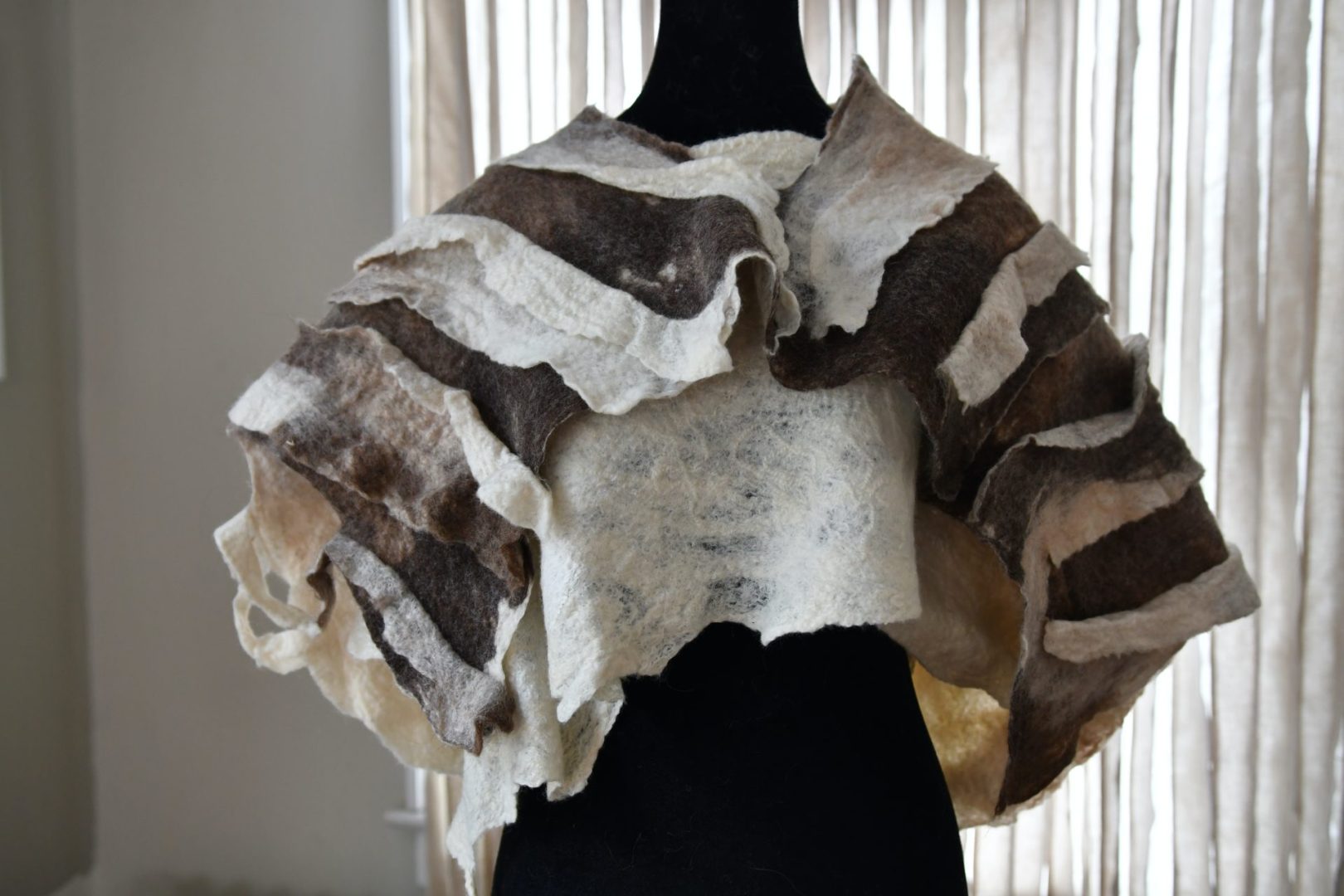
Artist, designer, educator, and disability advocate Sugandha Gupta is incredibly passionate about what she does. Join us as we discover her life, career, and what inspires her to create while breaking down barriers.
Early Life and Vision
Growing up in New Delhi, India, Sugandha describes her younger self as “a cheerful, positive, and mischievous kid.” She had an early inclination for all things artistic. “It was clear from the beginning that I loved scribbling, drawing, coloring, and crafty things,” she said.
Sugandha has oculocutaneous albinism type 1 (OCA1). This means she has no melanin, which prevents her eyes from filtering light, making her legally blind. Growing up, her blonde hair and pale skin stood out. “I have very vivid memories of traveling with my mom in a bus going to my grandma’s house…and people asking, ‘What happened to her?’ ‘Did you put powder on her?’” Sugandha recalled. Her appearance was at odds with Indian beauty standards, and she realized early on that this set her apart from her peers.
Sugandha describes her early education as “not an easy or happy-go-lucky experience.” There were no disability accommodations available, and, because she had some vision, teachers did not understand how to support her. “There were very few teachers who really wanted to help me that understood what I needed or how I needed to be helped,” Sugandha explained. “I’m not totally blind, but I’m not sighted either…I can’t behave in the way that a sighted person would behave.” Sugandha excelled in the subjects that were naturally more vocal but encountered many barriers in subjects that relied on the blackboard to convey information.
Higher Education and Career
After 10th grade, Sugandha chose humanities as her specialization, which involved all vocally taught subjects, including fine art. “I was so happy that I had a subject that was about art!” said Sugandha. When working on still-life pieces, she used a magnifying glass to examine the details of objects, which she would recreate from memory.
She found herself drawn to textiles after seeing how tactile and versatile braiding and knotting can be. Later, Sugandha chose to pursue textiles and received a bachelor’s degree in textile design from the National Institute of Design in Ahmedabad, India.
After working as a home furnishing designer for several years, she came to America to study fibers at Savannah College of Art and Design, where she completed her master’s degree. After graduating, Sugandha found a part-time position at Parsons School of Design, where she now works as Assistant Professor of Fashion Design and Social Justice. She continues to work as an independent textile artist, designer, and disability advocate.
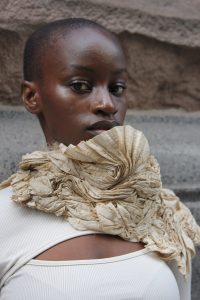
Art and Creativity
Focusing on textiles and fiber art, shape is the starting point for many of her pieces. Taking time to explore materials, she allows their natural shapes to influence the piece. It’s important to Sugandha that people view her art up close and touch it, allowing everyone to be included in the experience.
A recurring theme in Sugandha’s work is embodiment. “It [embodiment] manifests in different ways, like in creating more tactile, raised surfaces,” said Sugandha. “It shows up in my use of monotones, like white, because I…see lighter colors better than darker colors.” The natural colors in her work often mimic skin tones, adding another layer to the idea of embodiment. Texture is another common theme in the pieces Sugandha creates. She finds herself drawn to ice, snow, sand, and cacti due to their unique textures and granular shapes.
Teaching Others
Sugandha’s teaching philosophy covers three main “mantras:” Rigor, Reflection, and Research. She asserts that it is difficult to learn anything without rigor and strives to create an environment in which students can “rigorously explore their creative passions.” She uses intentional reflection as a tool to guide her students as they discover their passions and emphasizes the mental enrichment and growth that result from researching and learning from others.
Thoughts on The Dot Experience
Sugandha is excited about the wide range of voices included in the museum. “What sets The Dot Experience apart is that they’re also trying to include different kinds of backgrounds, not just one particular race or ethnicity or group of people,” said Sugandha.
Sugandha is just one of the exceptional individuals featured in The Dot Experience. From chefs and artists to skateboarders and beyond, these people who are blind or low vision are accessibility advocates. They are actively working to break down barriers, challenging stereotypes and misconceptions about blindness.
Share this article.
Related articles
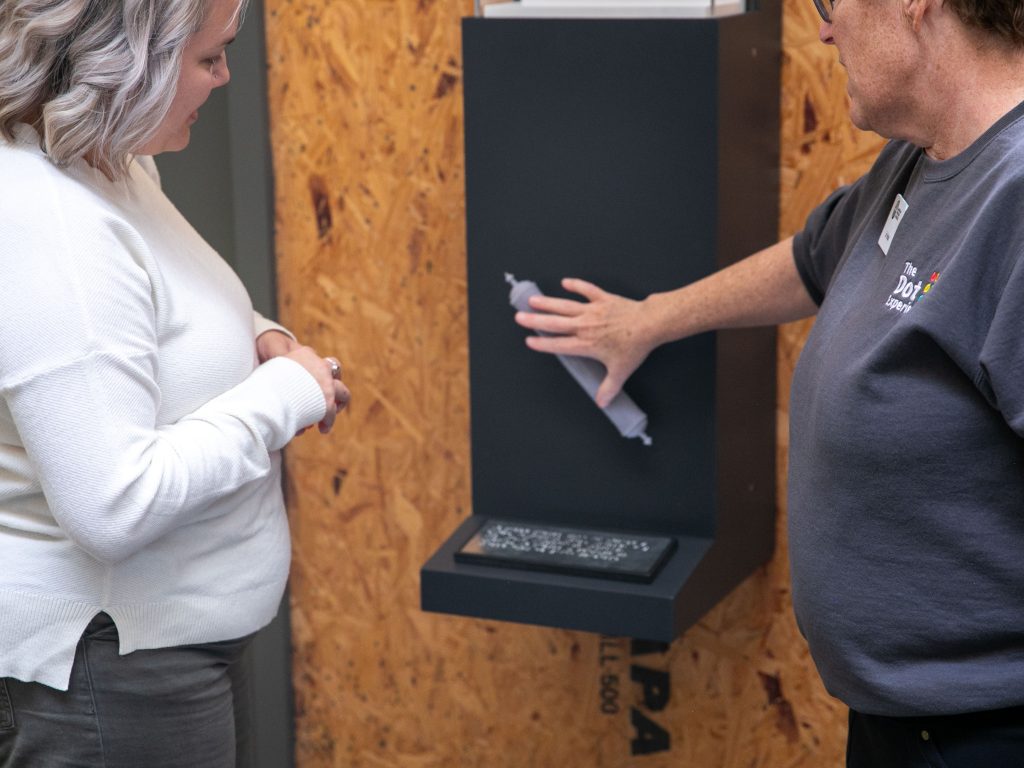
Give for Good Provides Glimpse into The Dot Experience
Since 1858, APH has called Louisville, KY home, growing alongside the community we proudly serve. Though much of our work...
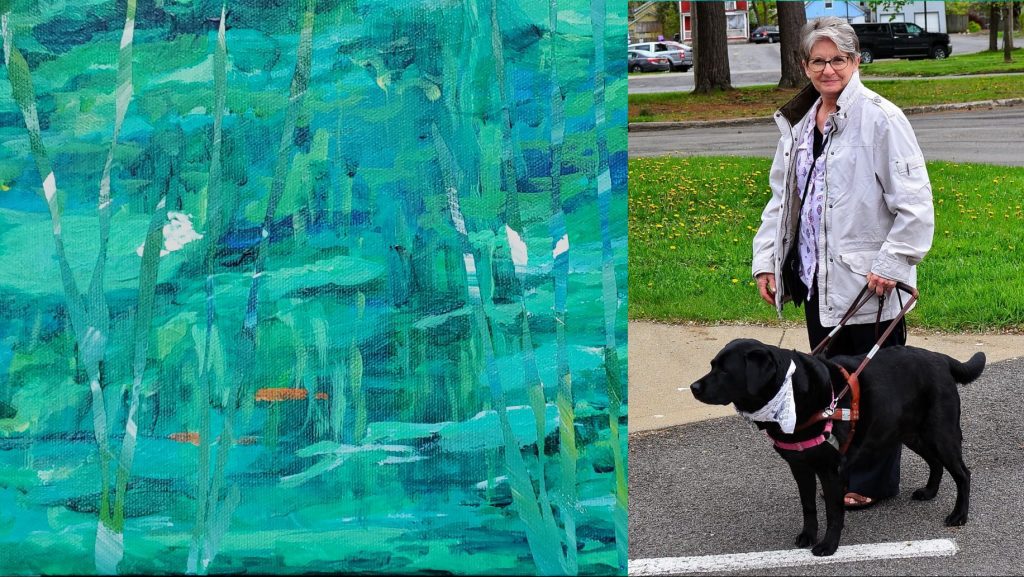
An Artist’s InSight: The Story of Connie and Lexie
When Connie Avery steps out for her daily walk with her guide dog, Lexie, a third family member insists on...
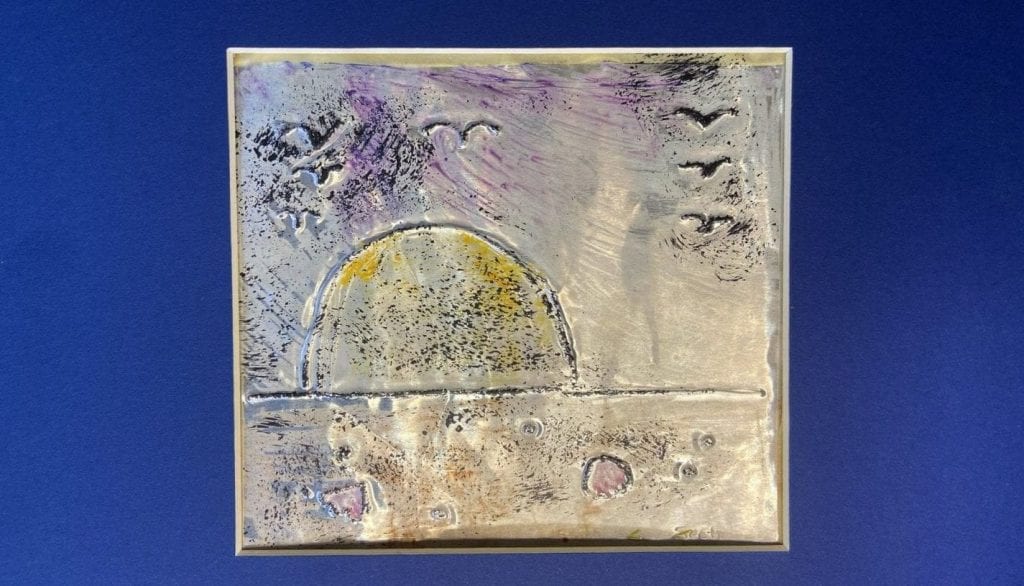
Behind the Canvas: An Inside Look at the APH InSights Art Competition
Since 1992, APH has hosted the annual InSights Art Competition, an international art contest open to artists of all ages...
